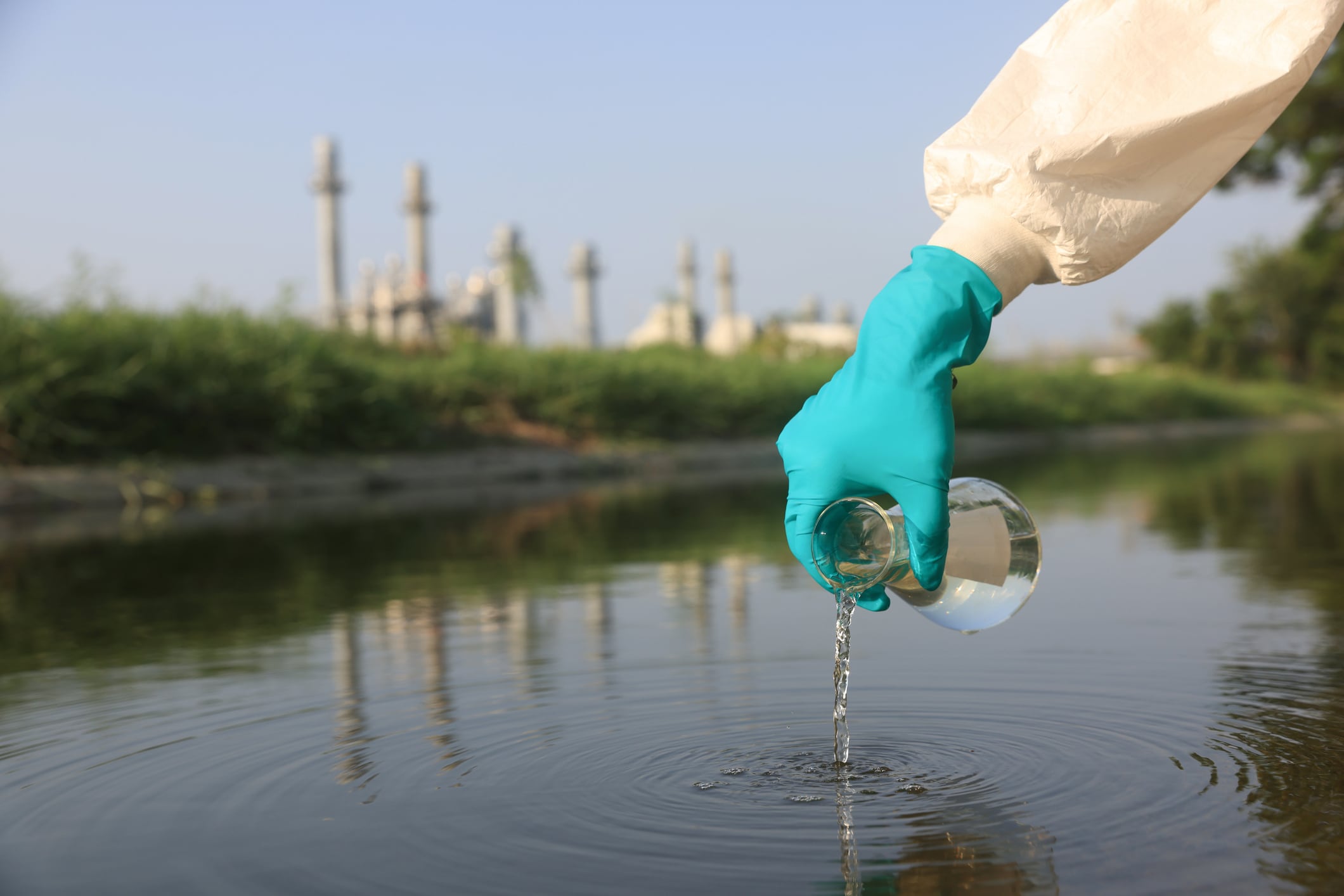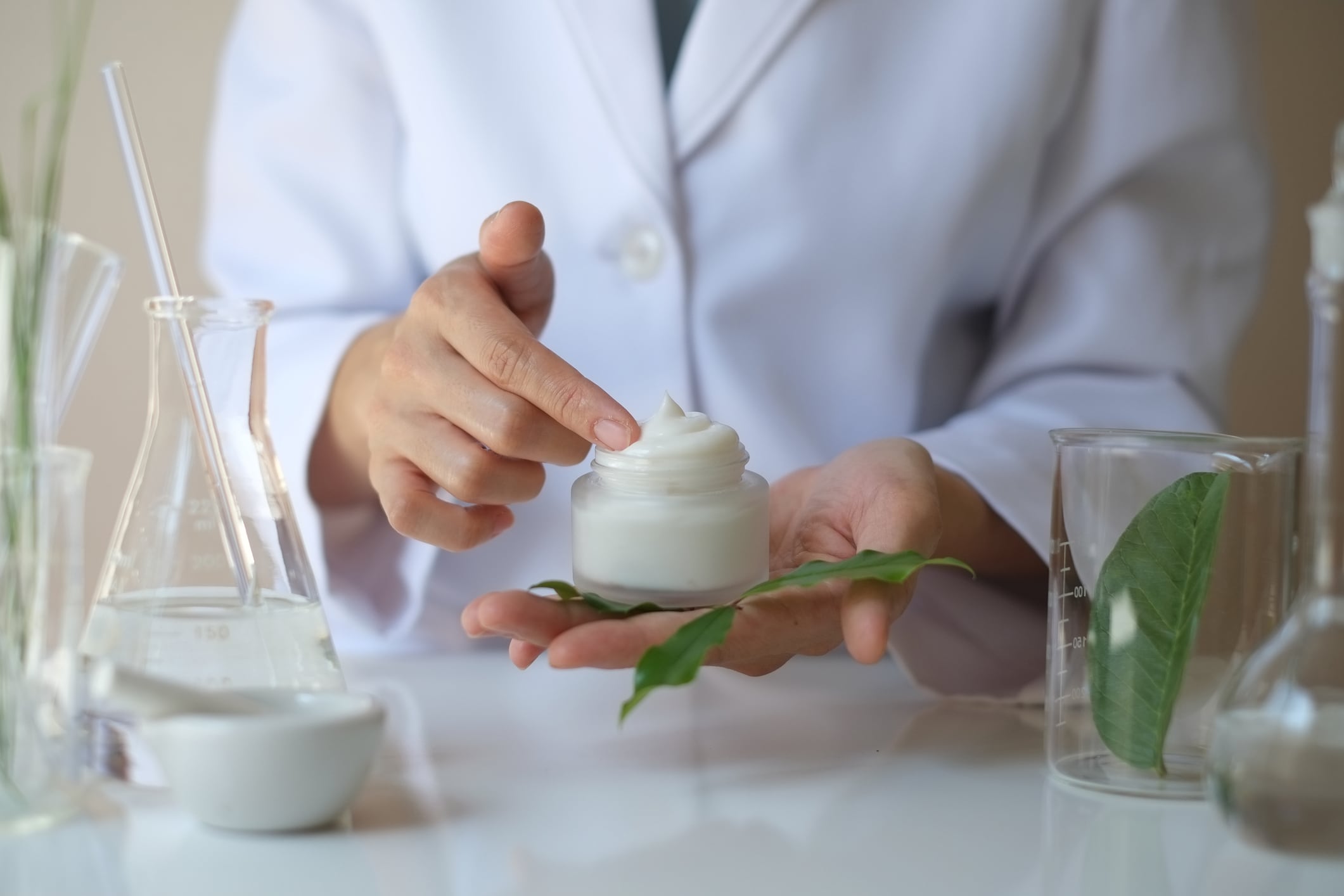Brussels-based cosmetics industry trade association Cosmetics Europe is now is calling for the Urban Wastewater Treatment Directive (UWWTD) to be re-assessed in the light of new evidence provided by the European Commission.
Following a request for access to information, the new data released by the European Commission shows that the UWWTD “overestimates the contribution of cosmetics to the toxic load in urban wastewater by at least 15 times,” says Cosmetics Europe.
Cosmetics & pharma industries were to contribute 80% of the costs
In March this year, Cosmetics Europe, along with the trade association for the pharmaceutical industry EFPIA, launched legal proceedings in response to the new Urban Wastewater Treatment Directive (UWWTD) rules, which came into force on 1 January 2025.
The new rules agreed to introduce an Extended Producer Responsibility (EPR) scheme for only two sectors, cosmetics and pharmaceuticals, which were jointly being asked to financially contribute at least 80% of the costs of the upgrade of wastewater facilities to quaternary treatment stage.
The European Commission’s Impact Assessment was been based on the Joint Research Centre (JRC) database of substances found in urban wastewater as referenced in its EPR feasibility report.
Cosmetics Europe said that on 17 April 2025, the European Commission provided it with new elements on the methodology used in their assessment and granted access to the JRC database of substances found in urban wastewater.
Cosmetics Europe‘s full analysis of the JRC list as used in the EPR feasibility report can be seen here.
“Blatant miscalculation of our contribution to the toxic load”
The cosmetics industry body is now stressing the need for a substance-based and sector agnostic EPR scheme.
Director-General at Cosmetics Europe John Chave said that while the industry fully supports the overall objective of the directive and the EPR principle proposed, it wants to pay its share and not cover the costs for other industries too.
“We cannot accept such a blatant miscalculation of our contribution to the toxic load,” said Chave. “The documentation provided to us by the European Commission clearly shows that the Impact Assessment based on the JRC list, wrongly allocates to our sector a number of substances that are either not used in cosmetics, for example permethrin, an insecticide killing lice and mites, or in some cases are even banned for such use, for example, nonylfenoldiethoxylaat.”
Chave also pointed out that other substances have been exclusively attributed to the cosmetics industry when they are widely used by other sectors too. “Palmitic acid commonly found in animal and vegetable fats like butter or olive oil, is one example of this.” he said.
He said that when “correctly assessed” cosmetics accounted for only 1.54% of the total toxic load, and not 26%.
“Legislation cannot be based on mistakes of this magnitude, mistakes that have also seriously damaged our industry’s reputation,” he added.
Calling for a reassessment of the EPR scheme
Cosmetics Europe is now calling for a reassessment of the EPR scheme financing the upgrading of the wastewater treatments plants in Europe, based on accurate data and a fair application of the polluter pays principle.
“The introduction of a substance-based and sector agnostic model through an EU harmonised and positive list of micropollutants, combined with harmonised implementation methodologies, would incentivise all companies to eco-design,” said Chave.
“The EPR scheme as defined today leaves no scope for correcting the contribution from cosmetics,” he continued. “This is because the current EPR scheme is not substance, but sector based and identifies only two sectors.”
In response to Cosmetics Europe’s call for a reassessment, an EU spokesperson has said that: “the Commission takes note of the recent analysis by Cosmetics Europe.”
At this point, there has been no further comment on if or when a reassessment could potentially happen.





